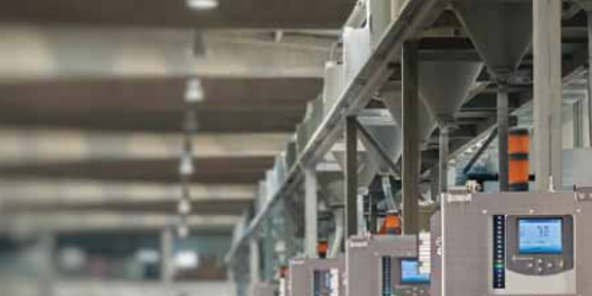
In-process and in-line color measurements refer to real-time color monitoring during the manufacturing process that alerts operators when colors move out of the acceptable specifications. With in-process monitoring, operators can correct their equipment before faulty products are manufactured so little to no material is wasted. In-process color measurement is essential to saving money during the manufacturing process and keeping your brand image consistent, recognizable and reliable.
Which Industries Use In-Line Color Measurements?
Many industries use the power of in-line color measurement for quality assurance and to uphold brand standards. The six major sectors that use spectrophotometric in-line color measurements are:
- Plastics industry
- Paper industry
- Coil coating industry
- Automotive industry
- Glass and textile industries
These industries use in-line color measurement throughout the manufacturing process for quality control. For specialized requirements such as plastic extrusion molding, identifying the products’ exact shade is critical to operations, and this equipment can meet industrial requirements. By measuring in-line color, you can effectively manage demanding measurement tasks and tight tolerance standards for color identification.
In-Process and In-Line Color Measurement Capabilities
At the advent of color measurement technology, analysts used densitometers to measure process colors using predefined density filters. Different sensor models work optimally with different measurement tasks within the plastics industry, such as transparent film versus structured surfaces.
In-Line Color Measurement
With in-line color measurement systems, you can use several different features to optimize day-to-day operations:
- Accurate measurement results even on curved or structured surfaces
- Reflection spectrum comparison capabilities for unique identification
- Rapid measurement speeds
- High degree of accuracy for laboratories and various plastics industry applications


